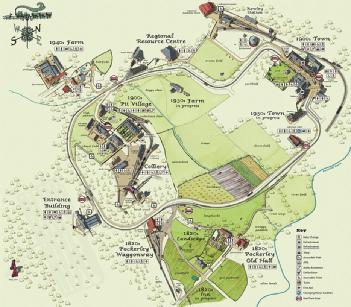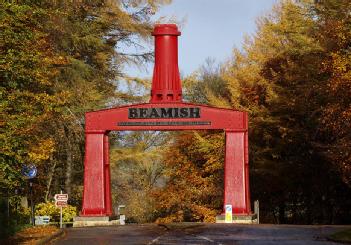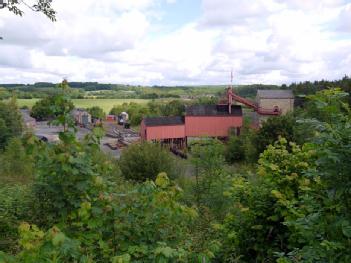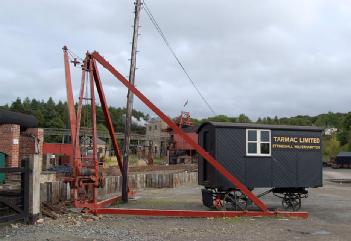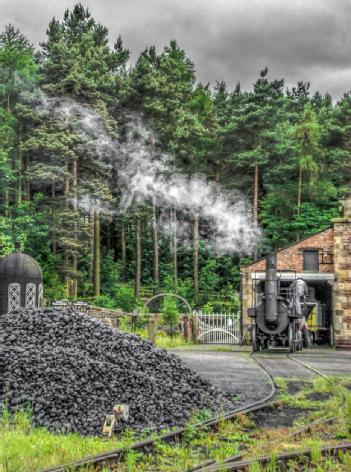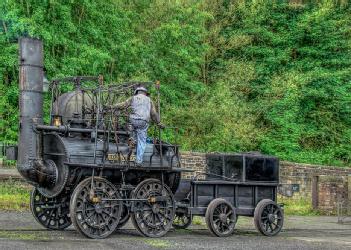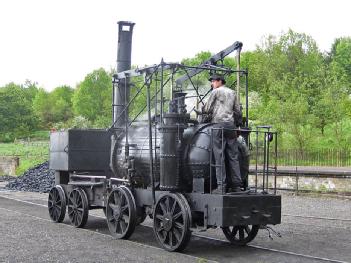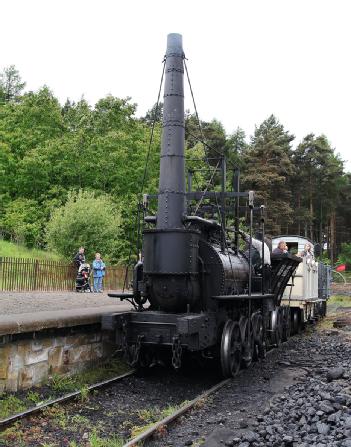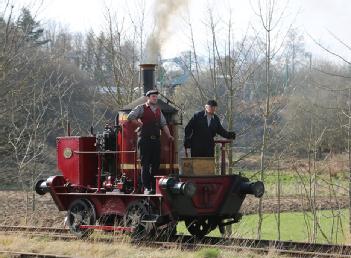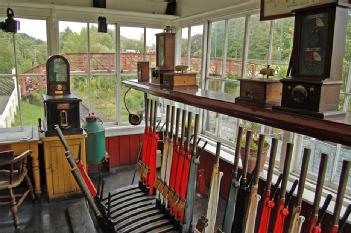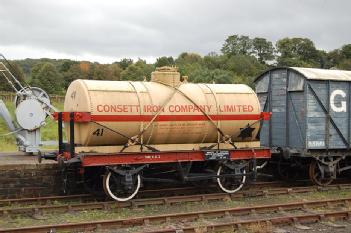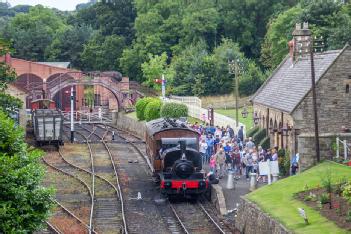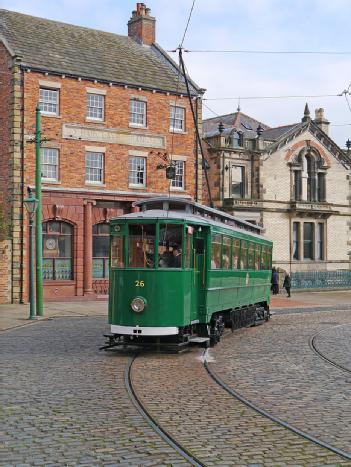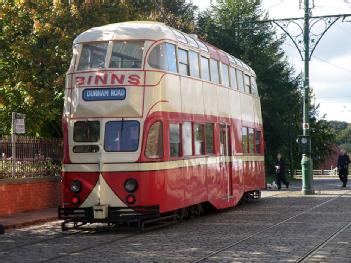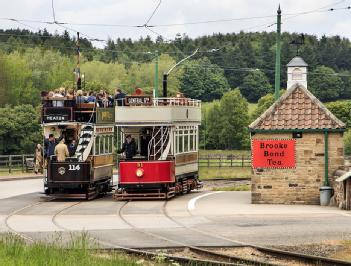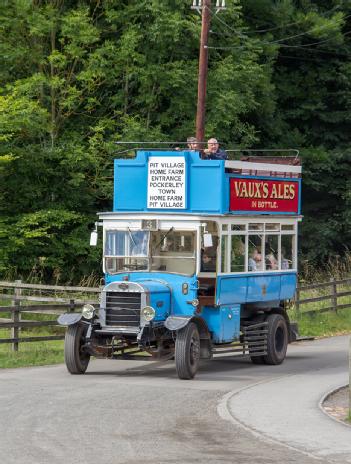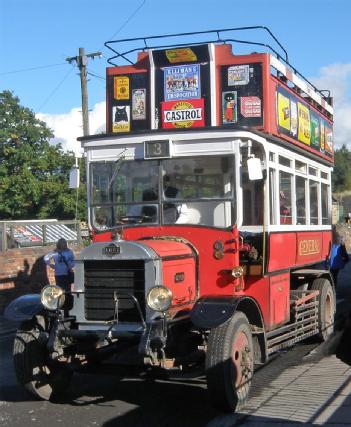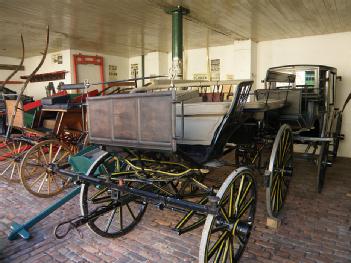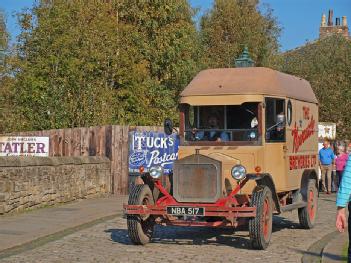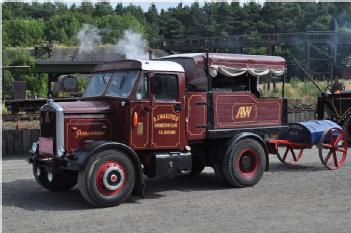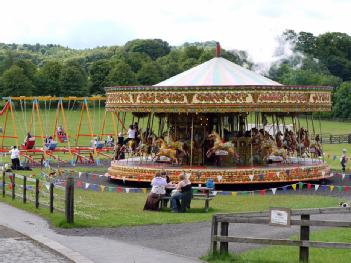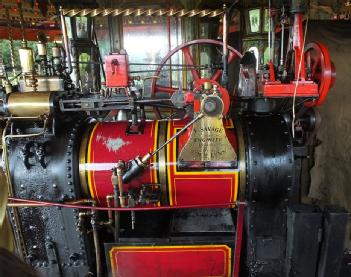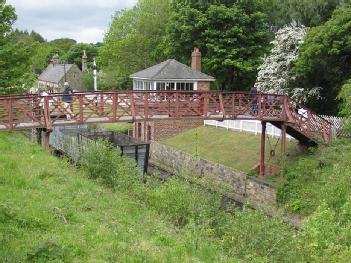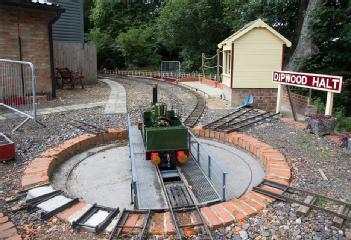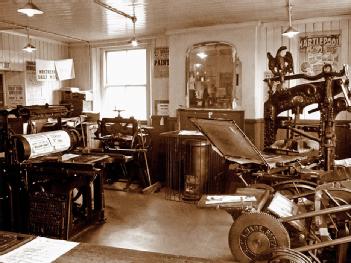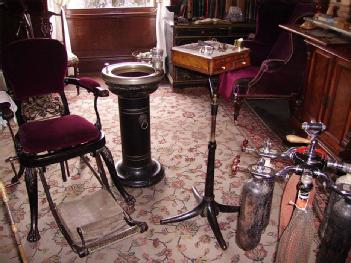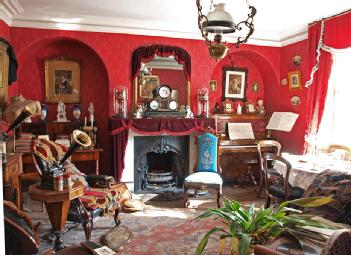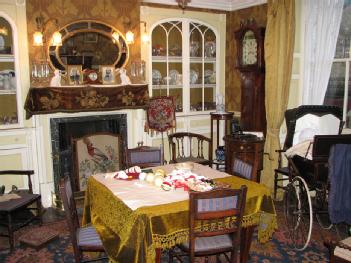
   |
Beamish Museum - North of England Open Air Museum |
DH9 0RG Beamish, Great Britain (UK) (Durham) |
|
| Address |
|
| Floor area | 1 200 000 m² / 12 916 693 ft² |
Open Air Museum
- Passenger cars
- Mining
- Chemistry
- Motorcycles / Motorbikes
- Bridges and Tunnels
- Agricultural
- Photo cameras and slide projectors
- Clocks and Watches
- Bicycles
- Trams
- Busses
- Trucks / Lorries
- Railway Technique
- Garden Railway
- Craft
- Railway
- Printing technology
- Biology / Medicine
- Gramophone (no electrical sound transmission)
- Food and beverage production
- Lamps and Light
- Appliances (Scales, Stamping, etc.)
|
Opening times
|
see: beamish.org.uk/plan-your-visit
|
||||
|
Status from 06/2020
|
Adult: £19.50; Senior (60 years) / Student: £14.50; Child (5 – 16 years): £11.50 | ||||
| Contact |
|
||||
| Homepage | www.beamish.org.uk | ||||
| Location / Directions |
Beamish Museum is an open-air museum located at Beamish, near the town of Stanley, in County Durham, England. By Rail The closest train station to Beamish Museum is Chester-le-Street, TransPennine Express run regular direct train services to Chester-Le-Street from Newcastle, Durham and Darlington. Once you arrive at Chester-le-Street there are regular bus services from the town centre to Beamish Museum which takes approx. 15 – 20 minutes. By Bicycle National Cycle Network, Route No. 7, the C2C, runs past the Beamish Entrance gates. Linked to Durham Station via Route 14.1. Bike racks available. By Road From the North and South – Follow the A1M to Junction 63 (Chester-le-Street exit), then the A693 towards Stanley for 4 miles, following the signs. From the West – Take the A68 to Castleside, near Consett, and follow the Beamish Museum signs along the A692 and A693 via Stanley. |
| Description | Wikipedia: The museum's guiding principle is to preserve an example of everyday life in urban and rural North East England at the climax of industrialisation in the early 20th century. Much of the restoration and interpretation is specific to the late Victorian and Edwardian eras, together with portions of countryside under the influence of industrial revolution from 1825. The estate it uses a mixture of translocated, original and replica buildings, a large collection of artifacts, working vehicles and equipment, as well as livestock and costumed interpreters. Tramway The Beamish Tramway is 1.5 miles (2.4 km) long, with four passing loops. The line makes a circuit of the museum site forming an important element of the visitor transportation system. It is also the longest preserved tramway in the country. Bakery Presented as Joseph Herron, Baker & Confectioner, the bakery was opened in 2013 and features working ovens which produce food for sale to visitors. Motor garage Reflecting the custom nature of the early motor trade, where only one in 232 people owned a car in 1913, the shop features a showroom to the front, with a garage area to the rear, accessed via the adjacent archway. The works is a replica of a typical garage of the era. Much of the museum's car, motorcycle and bicycle collection, both working and static, is stored in the garage. Printer, stationer and newspaper branch office Upstairs is a jobbing printers workshop, which would produce print leaflets, posters and office stationery. The shop has a number of presses - a Columbian built in 1837 by Clymer and Dixon, an Albion dating back to 1863, an Arab Platen of c. 1900, and a Wharfedale flat bed press, built by Dawson & Son in around 1870. Chemist and photographer Presented as W Smith's Chemist and JR & D Edis Photographers, a two-storey building housing both a chemist and photographers shops. Railway station East of the Town is the Railway Station, depicting a typical small passenger and goods facility. A short running line extends west in a cutting around the north side of the Town. It runs for a distance of ¼ mile - the line used to connect to the colliery sidings until 1991 when it was lifted so that the tram line could be extended. During 2009 the running line was relaid so that passenger rides could recommence from the station during 2010. Rowley station Representing passenger services is Rowley Station, a station building on a single platform, opened in 1976, having been relocated to the museum from the village of Rowley near Consett, just a few miles from Beamish. Signal box The signal box dates from 1896, and was relocated from Carr House East near Consett. It features assorted signalling equipment, basic furnishings for the signaller, and a lever frame, controlling the stations numerous points, interlocks and semaphore signals. Bridges and level crossing The station is equipped with two footbridges, a wrought iron example to the east having come from Howden-le-Wear, and a cast iron example to the west sourced from Dunston |
[dsp_museum_detail.cfm]
| Data Compliance | More Information |

 beamish.org.uk
beamish.org.uk 